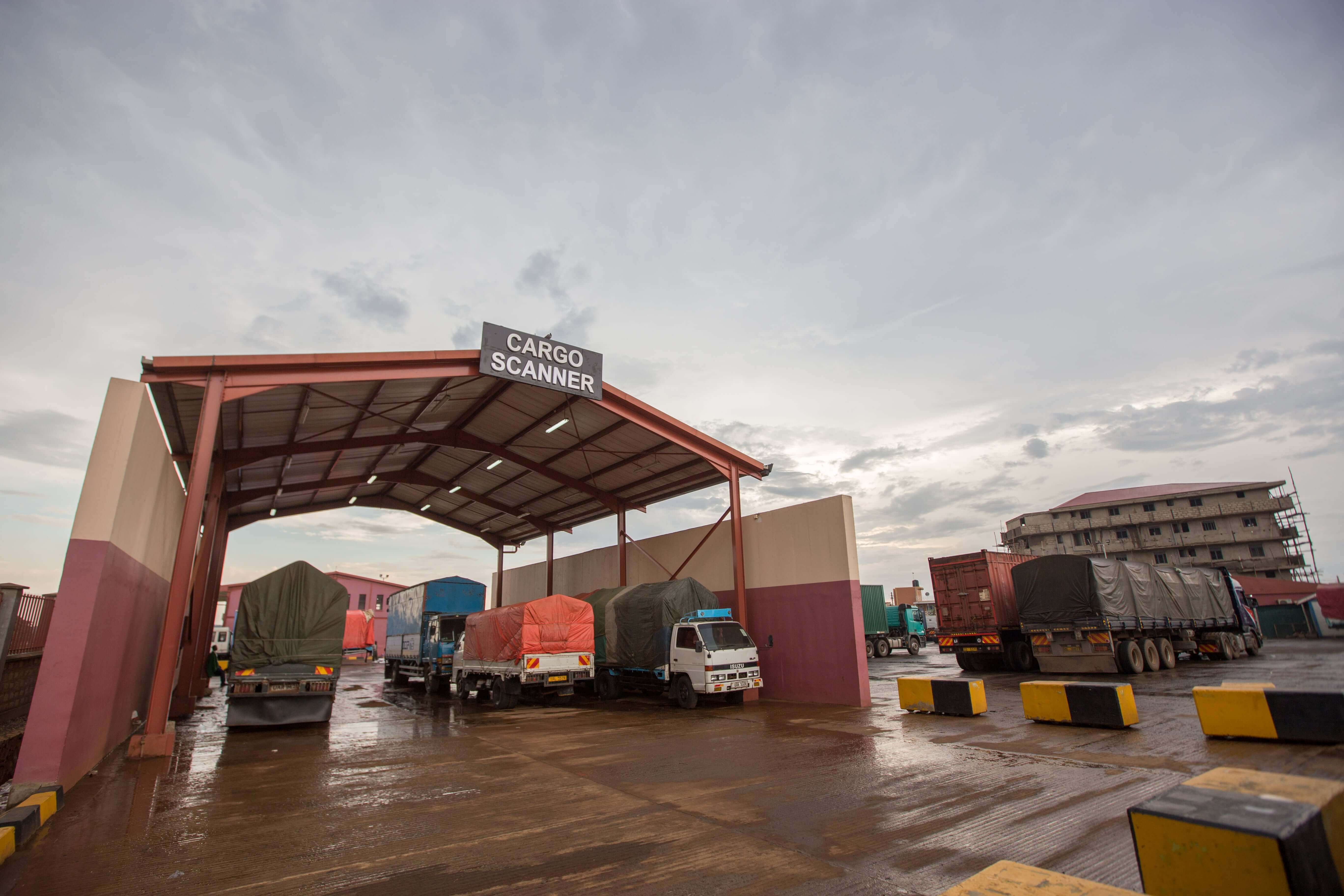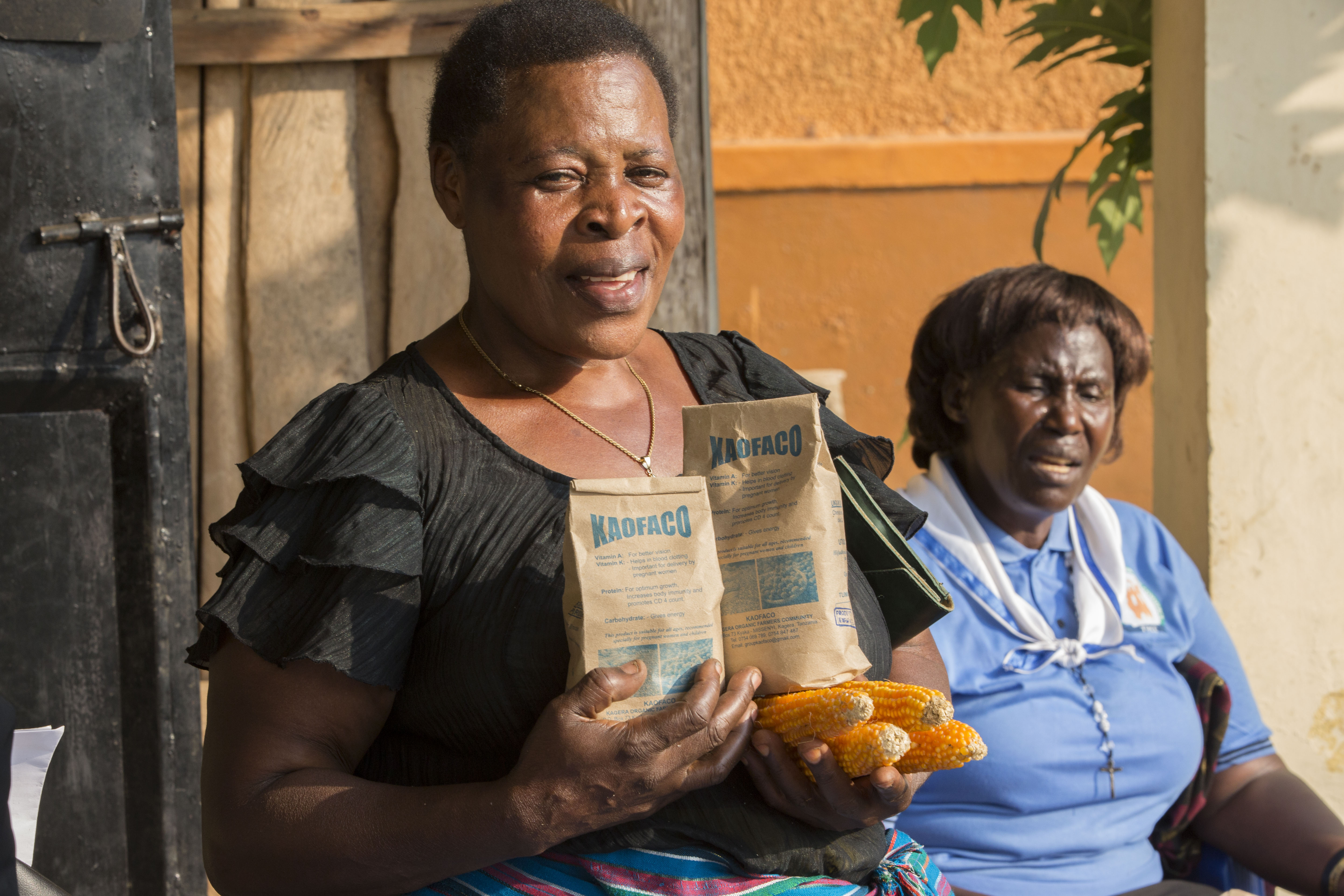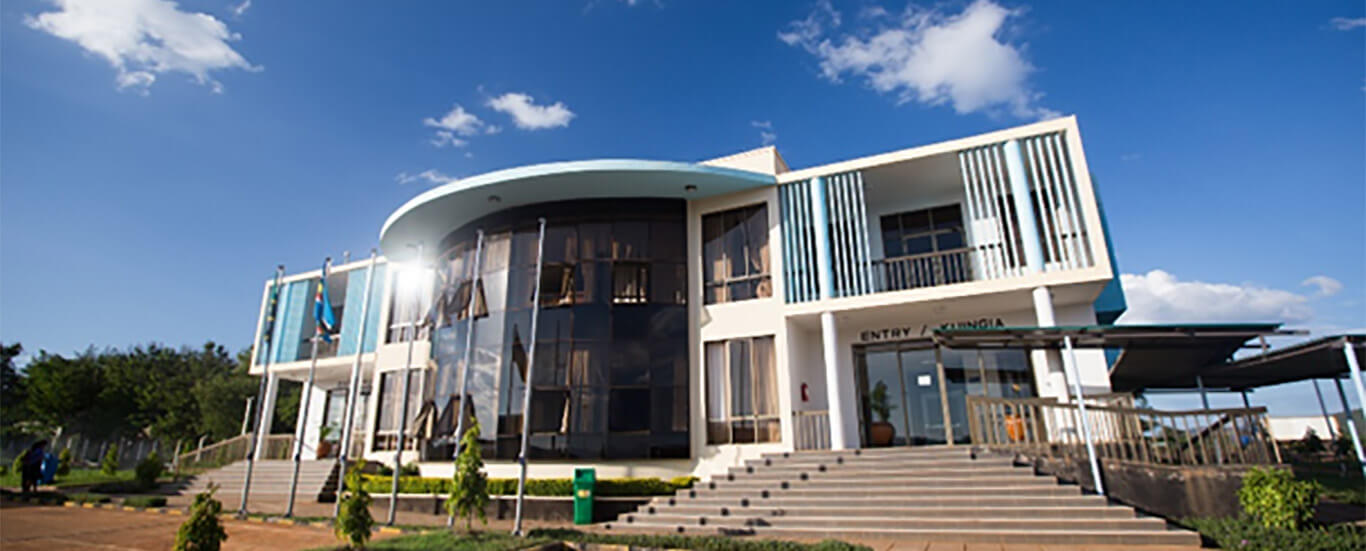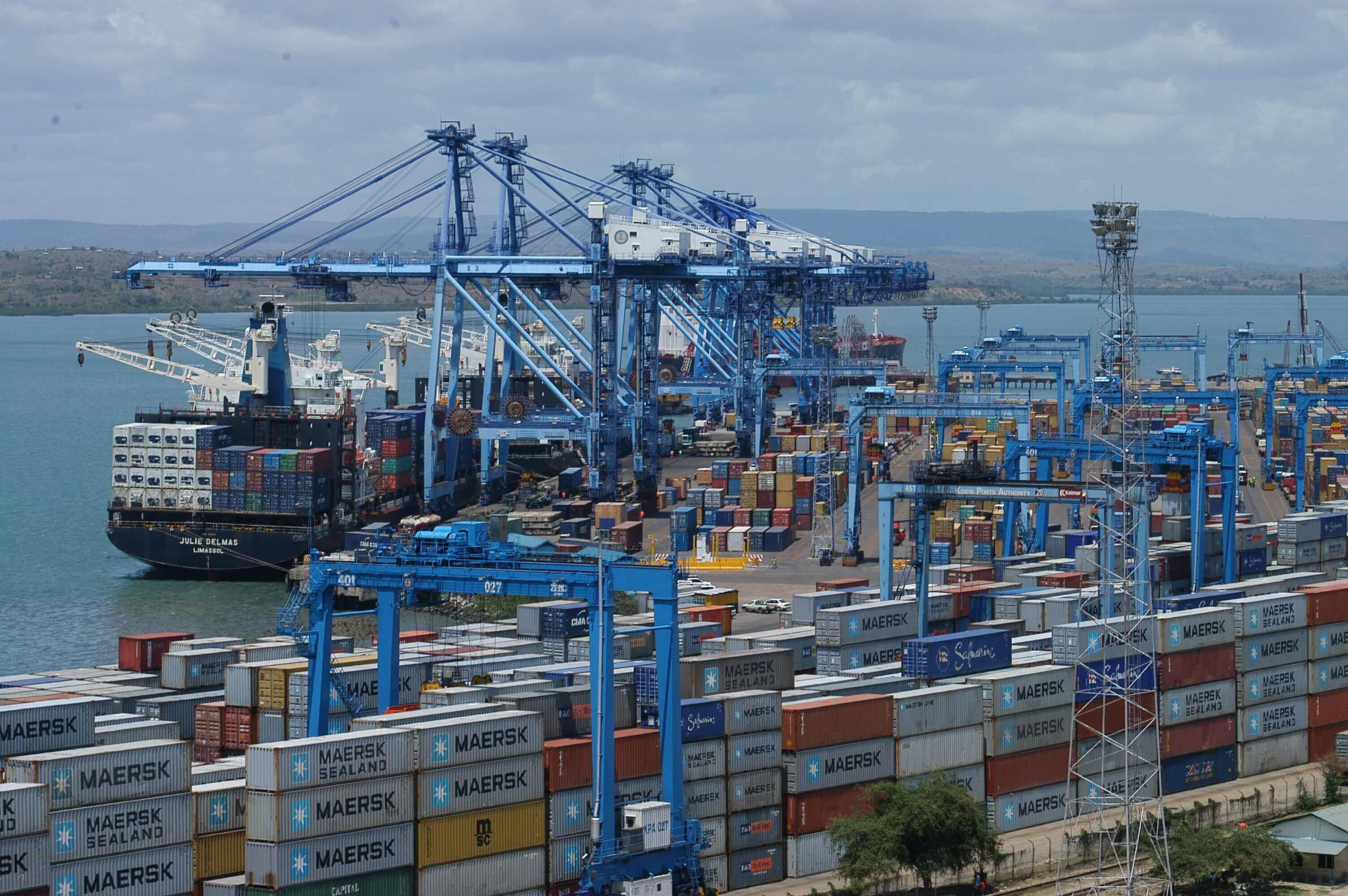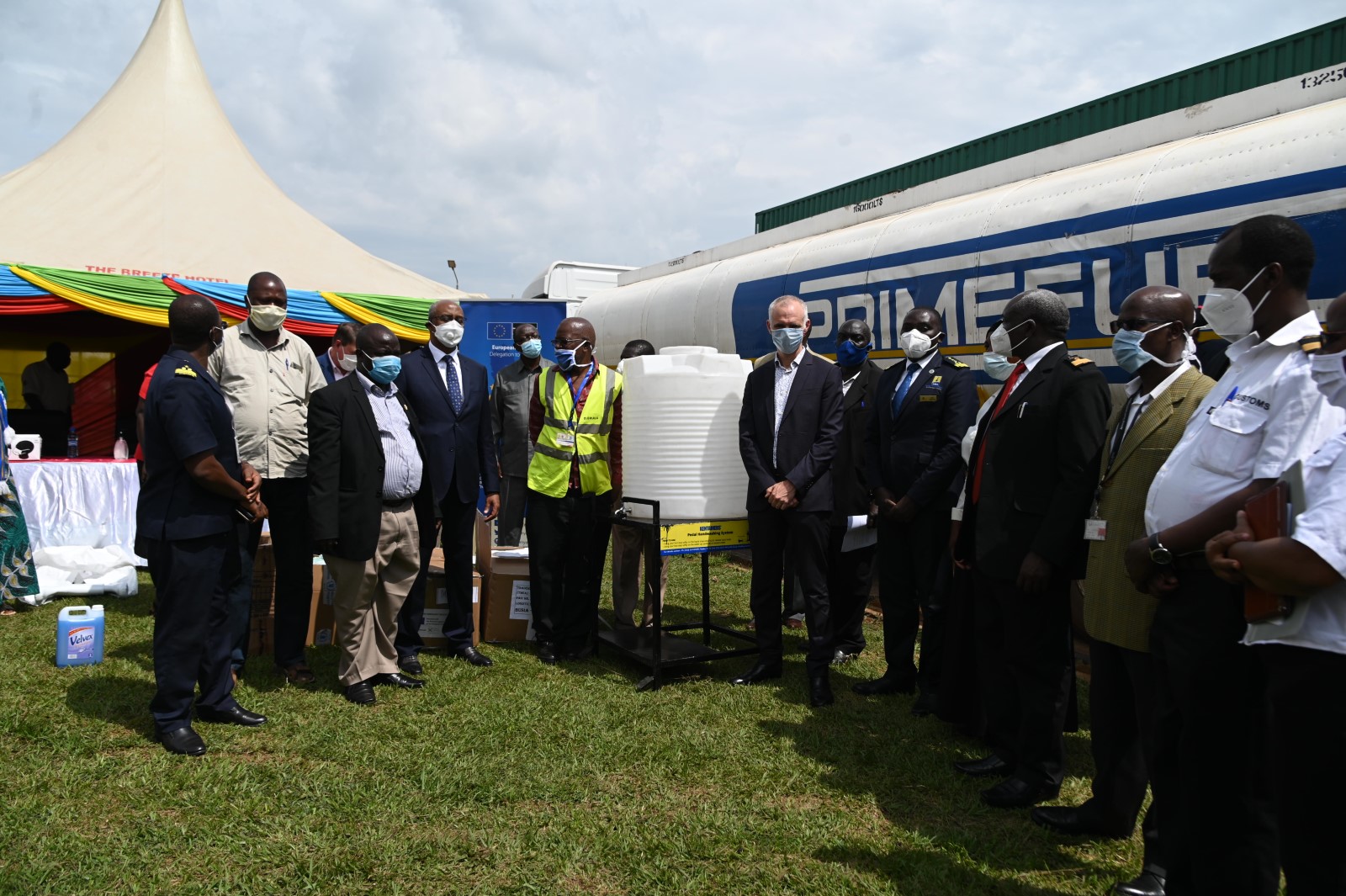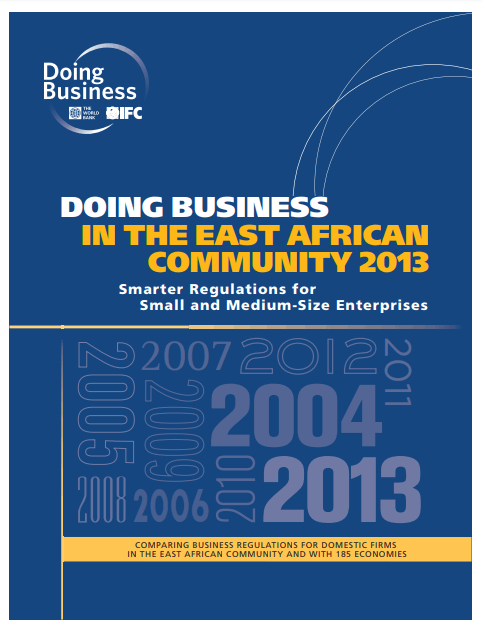[vc_row][vc_column][custom_inner_menus select_menu="project"][/vc_column][/vc_row][vc_row][vc_column][single_project_block_1 heading="One Stop Border Post at Busia (Kenya/Uganda)" implementor="The Kenya National Highway Agency (KNHA) and Ministry of Works and Transport (MoWT) are the lead implementing agencies for this project" target_group="Importers and exporters in East Africa" project_value="US$ 5,466,301" implementation_period="2011 - 2017" download_btn_text="Download Project PDF" download_btn_link="#url"]The Busia border is one of the busiest in East Africa, with an average of 894 vehicles crossing per day (TMA, 2011). In 2011, the time to cross the border was variable taking between queue time is variable and between a few hours and up to five days. Delays create costs for traders. What: A one stop border post will be constructed at the Busia border. This project relates to other TMA projects that will provide: Improved IT infrastructure at the border; Harmonized working procedures on both sides of the border. Training for border agency staff, freight forwarders and traders. How: TMA is providing funding for the construction of the OSBP and is supporting the lead agencies to implement the project on time and ensure quality. The project is implemented in coordination with other ongoing initiatives of the World Bank, JICA, USAID, the African Development Bank and the European Union. Contact: Sjoerd Visser : sjoerd.visser@trademarkea.com Click here to learn more about One Stop Border Posts Program[/single_project_block_1][/vc_column][/vc_row][vc_row el_id="desired-result"][vc_column][single_project_block_2 heading="Desired Results" image_1="42722" image_2="42720"]Improved border infrastructure will contribute to reducing the time to transport goods across the Busia border, which in turn will contribute to reducing trade costs in East Africa.[/single_project_block_2][/vc_column][/vc_row][vc_row disable_element="yes"][vc_column][project_single_ele_3_container heading="More Project Insights." sub_heading="Projects Highlights From A...
One Stop Border Post at Busia (Kenya/Uganda)
Posted on: June 26, 2014
Posted on: June 26, 2014

